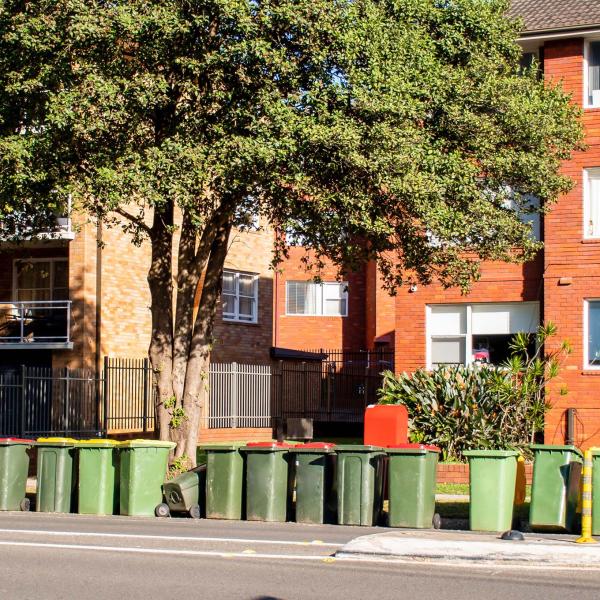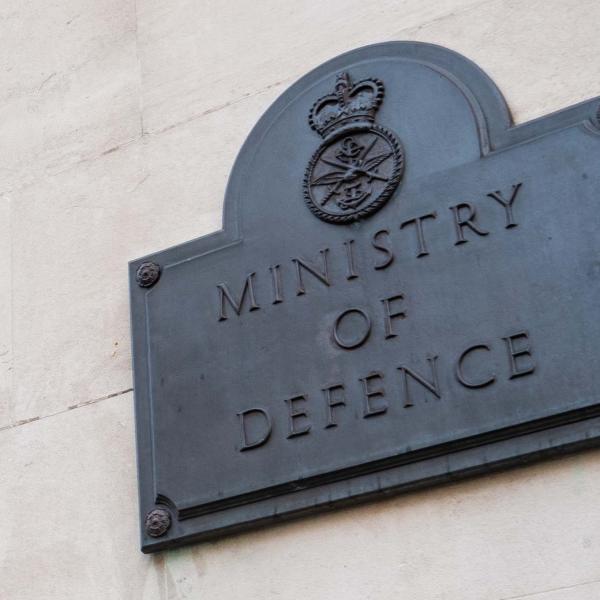<p>Nearly all food prices in Europe are now determined, not by market forces, but by the operation of the Common Agricultural Policy. The purpose of this paper is first to explain the principal elements of the policy and then to estimate the resource flows which result. Recent discussion has concentrated on the budgetary cost to the UK which is neither a complete nor a meaningful measure of teh economic costs imposed by the policy. The principal cost results from the large difference between the prices paid for food by UK consumers and those which they would have to pay if they were able to buy freely on a world market. This is partly offset by the gains which UK producers derive from these higher prices, but increases by the taxes on non-agricultural commodities which are levied to finance comminity agricultural expenditures such as the purchase and storage of farm produce in excess supply. The net sum of these costs to the UK was, we estimate, £1370m in 1977-8 and will rise to around £2350m in 1980.</p>






